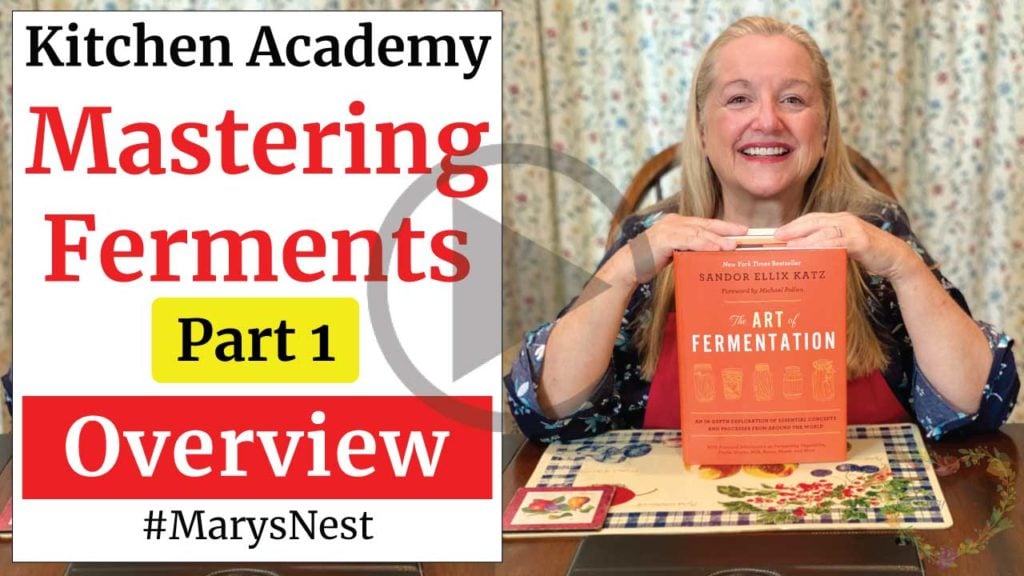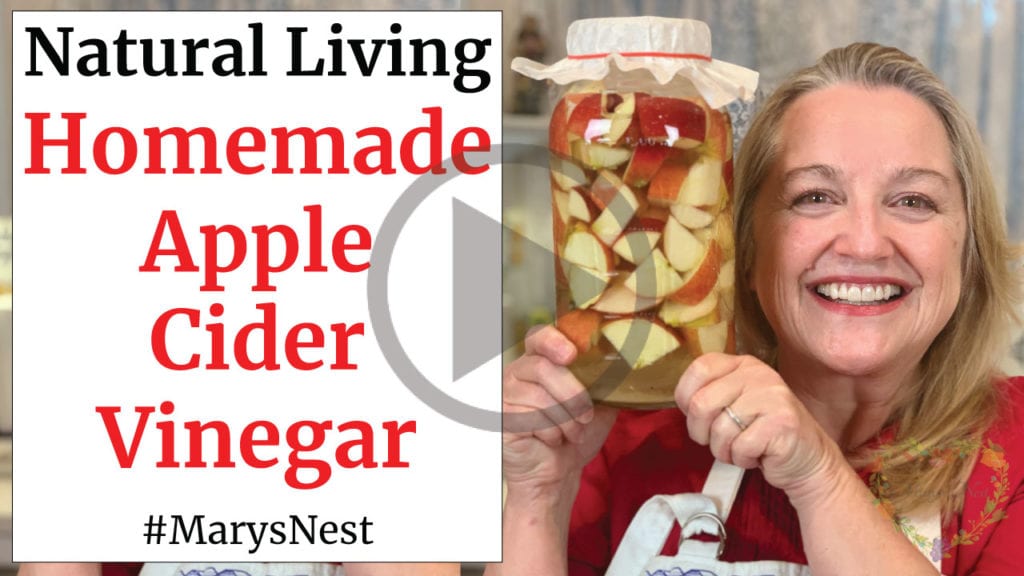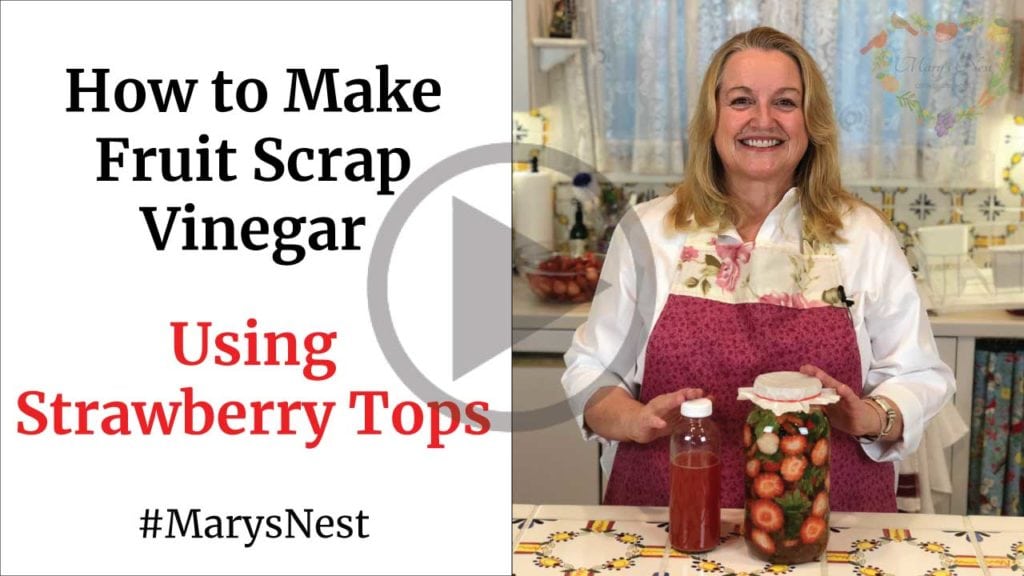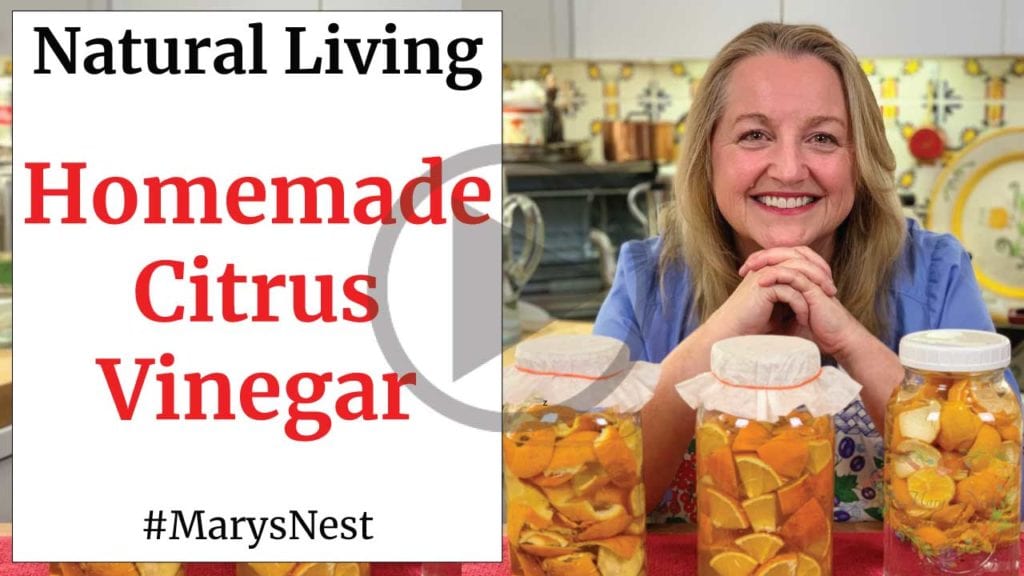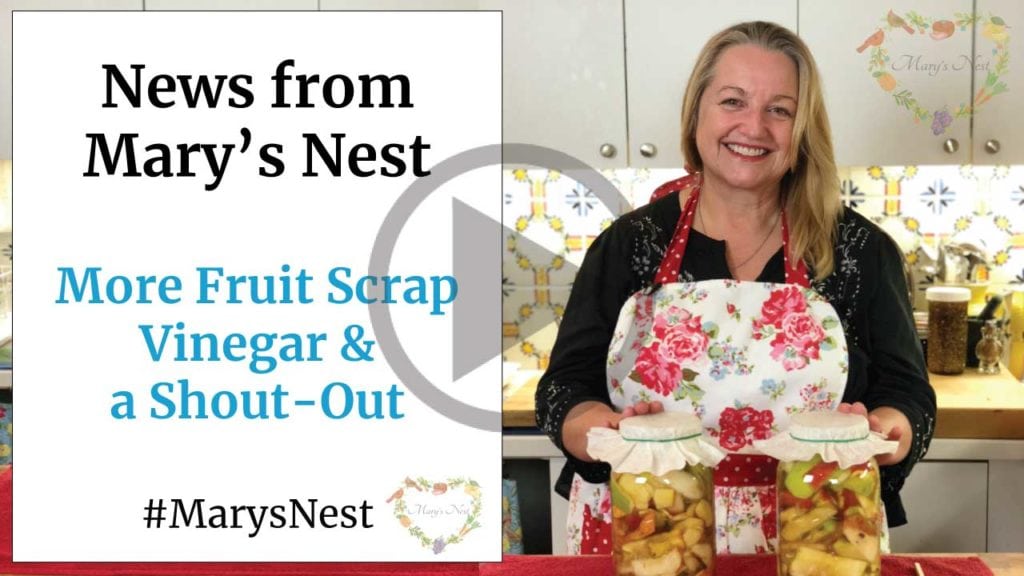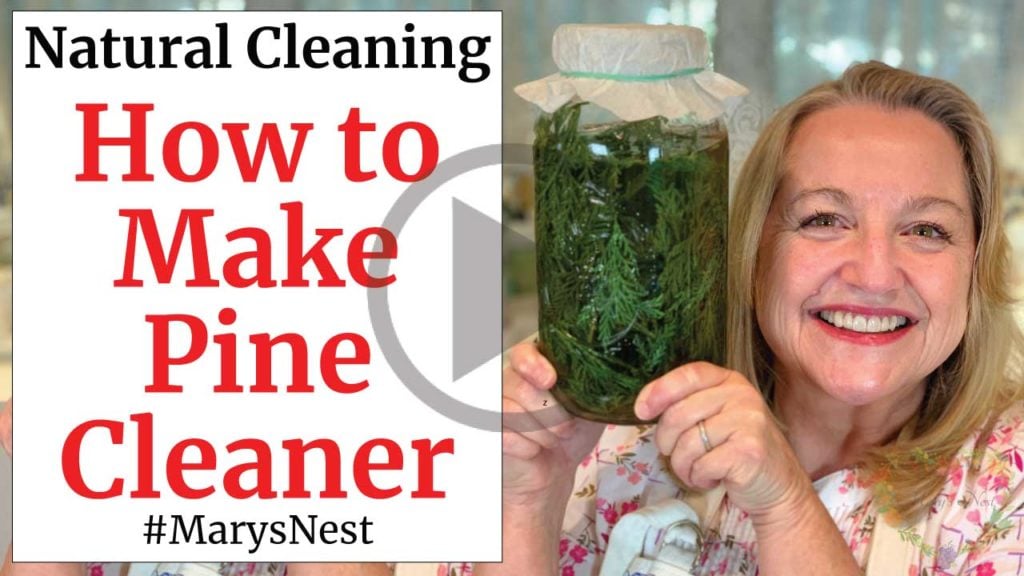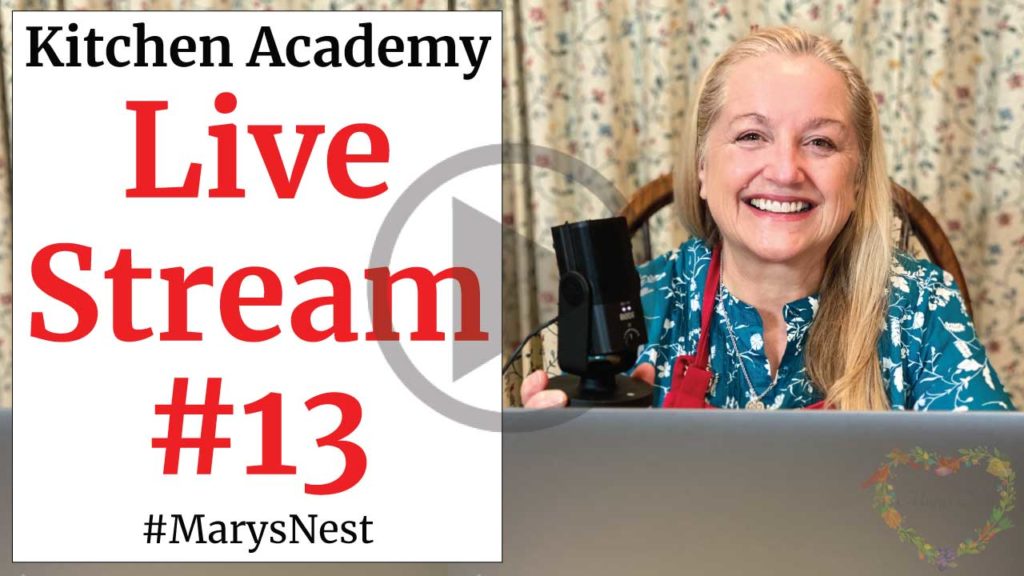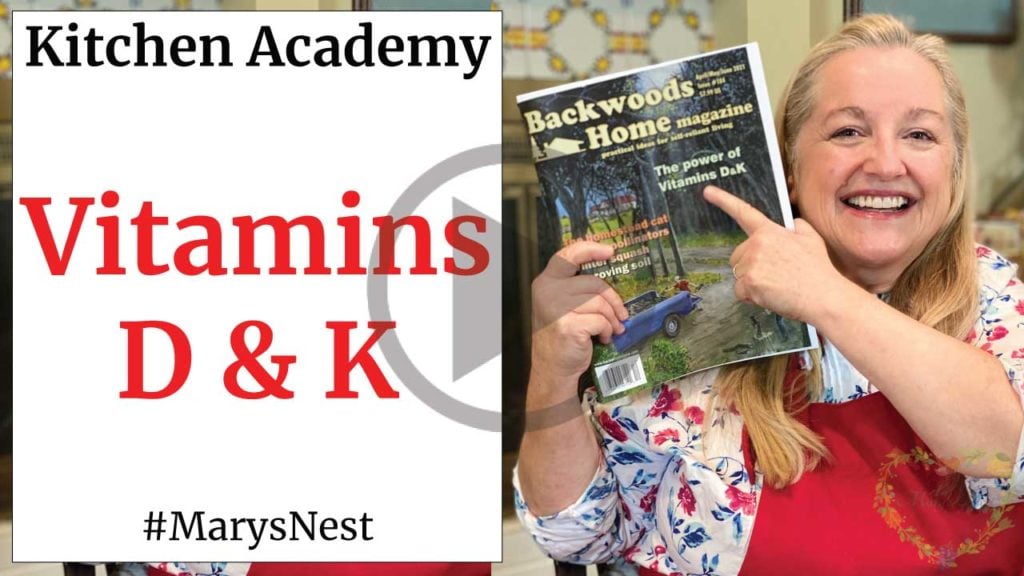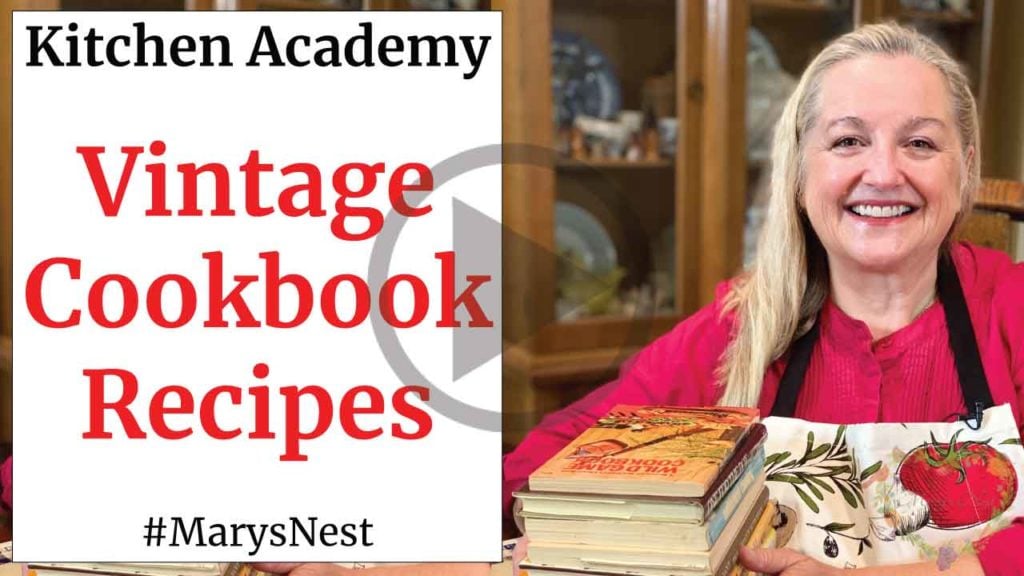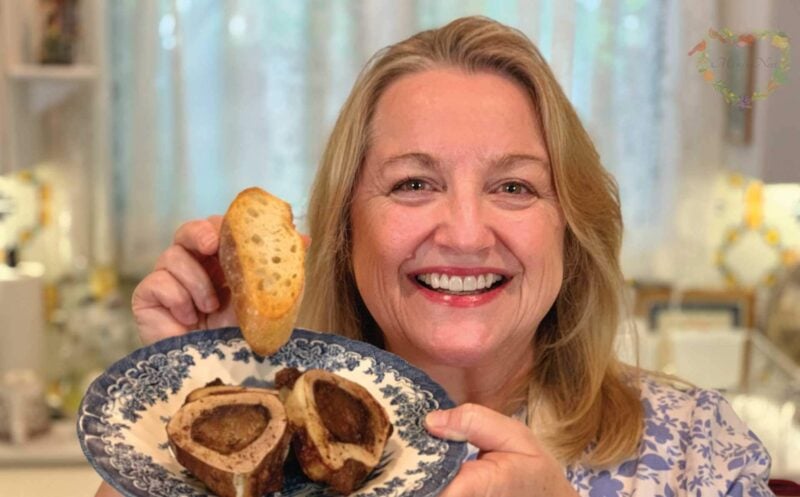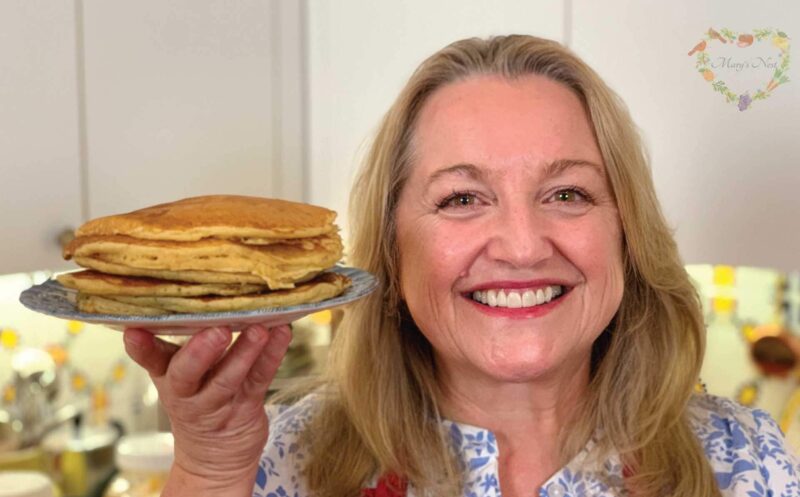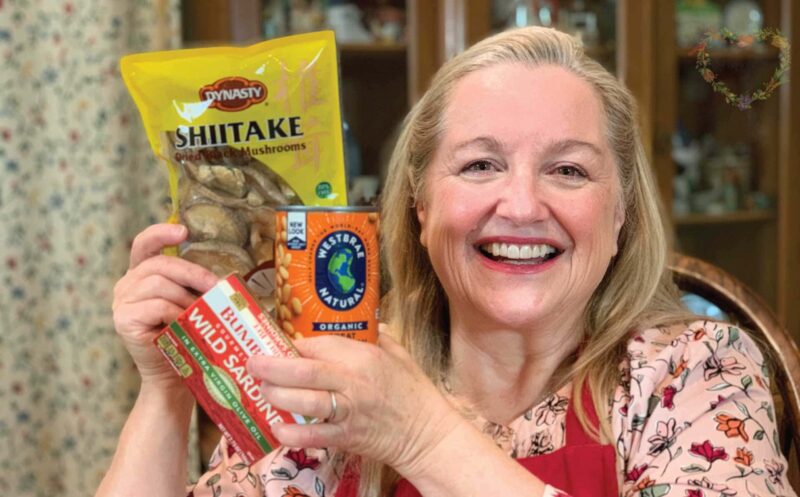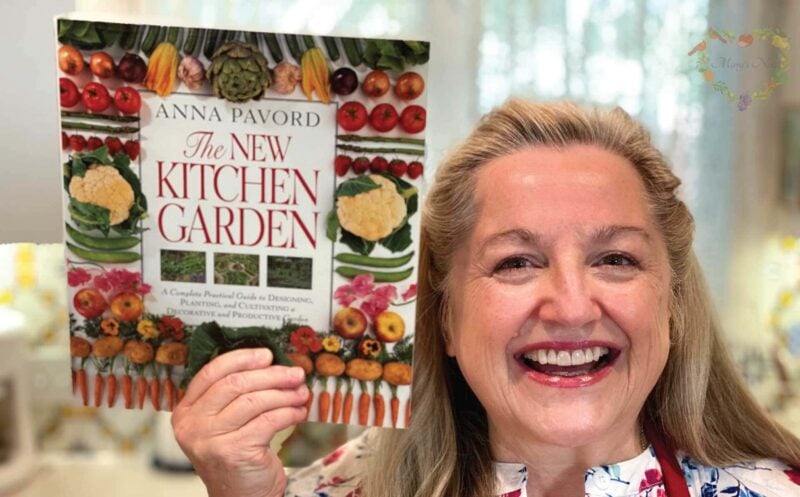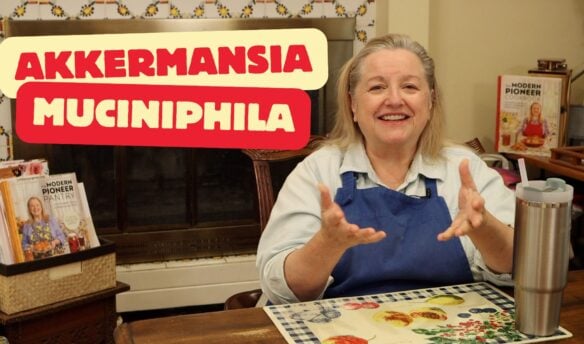Affiliates note: As an Amazon Associate I earn from qualifying purchases. My content may contain affiliate links to products and services. If you click through and make a purchase, I'll receive a small commission. It does not affect the price you pay.
How to Master the Art of Fermentation – Part 3 – Aerobic Fermentation
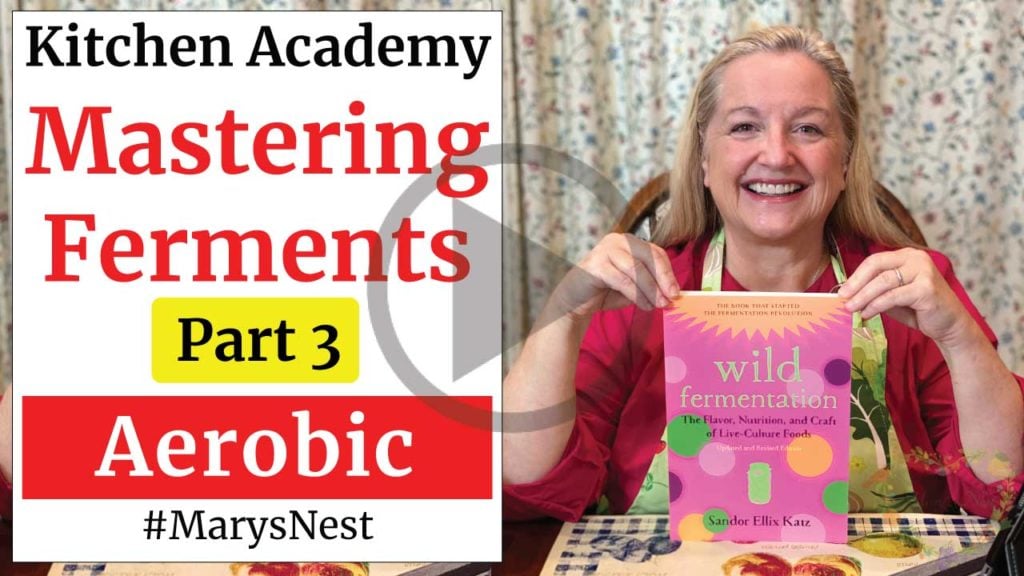
In today’s vodcast, I chat about how to master the art of fermentation when making aerobic ferments. Aerobic fermentation occurs with the presence of air or oxygen.
These conversational vodcasts are available to the Kitchen Pioneers who have joined my YouTube membership community—The Traditional Foods Kitchen Academy.
Affiliates note: As an Amazon Associate I earn from qualifying purchases. My content may contain affiliate links to products and services. If you click through and make a purchase, I’ll receive a small commission. It does not affect the price you pay.
Is Aerobic Fermentation Really Fermentation?
We usually think of fermentation as lacto-fermentation. This is the traditional type of fermentation where we:
- Submerge the contents of our jar—usually some type of vegetable— under a brine.
- Add a weight to ensure the contents stays under the brine.
- Allow the fermentation process to proceed over time to create lactic acid and turn our veggies into nutrient-rich ferments. Yum!
A common lacto-fermented vegetable is when we turn cabbage into sauerkraut.
Fermenting with Air?
It’s funny to think of fermenting with air because technically, fermentation is an anaerobic process, which means no air is present. But when it comes to making vinegar, we need to rely on air for the acetic acid bacteria, specifically acetobacter. This bacteria helps to start the two-step process of aerobic acetic acid fermentation:
- Create alcohol through alcoholic fermentation.
- Transform the alcohol to vinegar through acetic fermentation.
Aerobic fermentation is a bit of an oxymoron! However, it has become commonplace to use these two words together, so don’t become alarmed or confused when you see this term. From now on, you’ll know that it just means you’re going to begin the process of alcoholic fermentation.
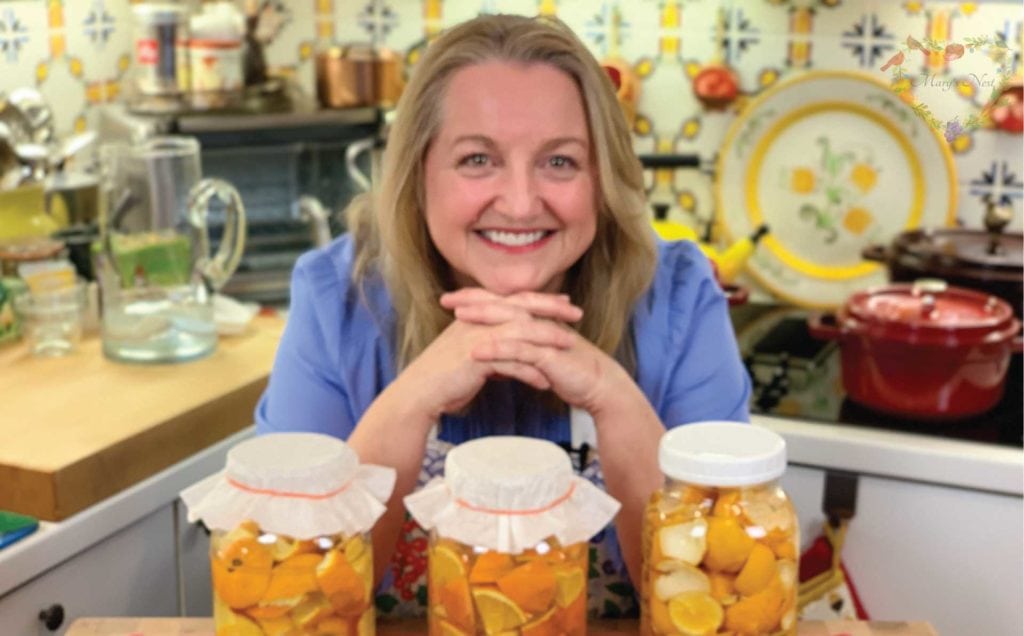
Step 1: Making Alcohol
About a week into the vinegar-making process, you might notice an aroma wafting out of your jar that smells yeasty or beer-like. This odor occurs because the first step in the process of making vinegar creates alcohol.
This alcohol is formed from yeast consuming sugars within the fruits, vegetables, or grains you are using to make the vinegar. The yeast consumes these natural fruit, vegetable, or grain sugars during the process and then excretes alcohol. This process is what we refer to as alcoholic fermentation.
Alcoholic fermentation is what beer, wine, and spirit makers use to make their alcoholic beverages. But once their drink reaches the right stage of taste, they have to bottle it to prevent further exposure to air.
But what happens if the alcohol is left exposed to air? You get vinegar! Have you ever opened a bottle of wine, but not finished it and then tasted it a few weeks later? It’s usually quite vinegary tasting!
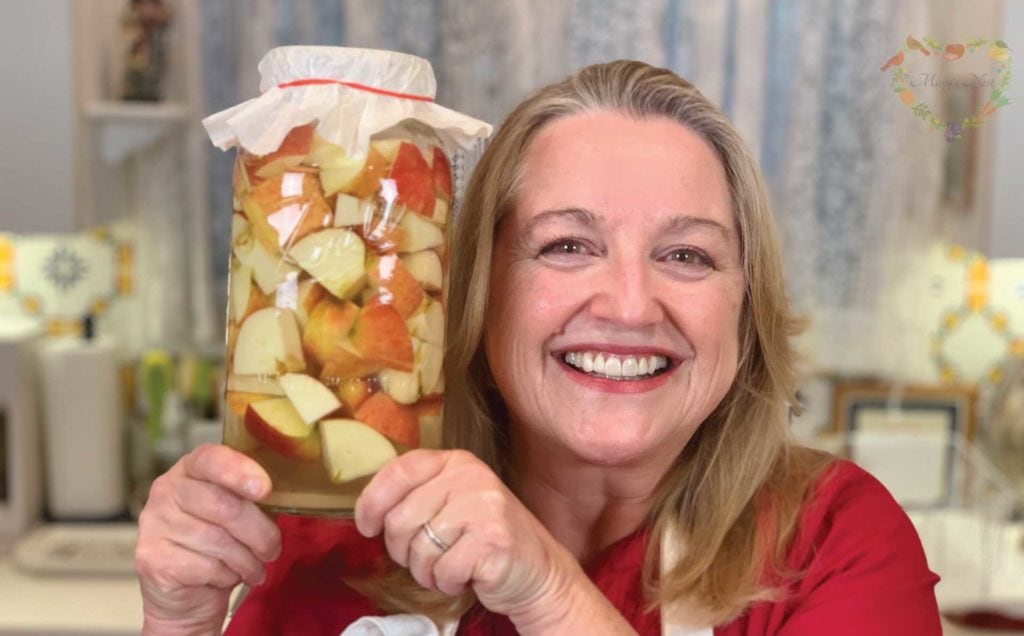
Step 2: Making Vinegar
So when it comes to making vinegar, we want to go past the alcoholic fermentation stage. We want to move on to step two and transform our alcohol into vinegar. And we do this by relying on air and continued exposure to acetobacter for the second step to take place.
This second step is known as acetic fermentation. Acetobacter are found in the air and on all types of fruits, vegetables, and grains that contain natural sugar. A combination of the acetobacter and an aerobic (air) environment creates the process of acetification, and in turn, vinegar!
Art of Fermentation Member Series
If you are new to this Mastering the Art of Fermentation series, be sure to catch up and watch Part 1 and Part 2 in this series. Part 2 discusses anaerobic fermentation, which I know many of you have shared can be very persnickety! Not to worry. I go over all the problems you can run into and how to solve them.
Aerobic Fermentation Recipes
Now that you have learned about the science behind making vinegar and know why they call it aerobic fermentation, I hope you will give it a try. It’s quite easy to make homemade vinegar, including raw apple cider vinegar, fruit scrap vinegar, and citrus vinegar.
If you like the pine-scented cleaners sold at your local market, how about trying to make your own? It’s easy to do and follows the basic formula for making vinegar.
And yes, maybe I should have called this evergreen cleaner because technically, I am not using pine. But, keep in mind, I live in central Texas so cypress trees—or what we call cedar trees—are much more common. But whether you have pine or cypress, the process is the same.
Traditional Foods Kitchen Academy
My comprehensive vodcasts are exclusively available to members of the Traditional Foods Kitchen Academy, who we call Kitchen Pioneers. You can learn more about my optional YouTube membership community, including members-only videos and exclusive perks.
This membership community is optional. I’m still publishing my weekly detailed instructional cooking videos on my public YouTube channel that you can watch for free. (Thanks so much for being a Sweet Friend and subscriber!)
More Kitchen Pioneer Videos
As a Kitchen Pioneer member, your YouTube video comments include a special badge next to your YouTube username. You’re always welcome to post questions and comments on my videos, and I’m happy to reply.
Catch up on some of the videos in our membership community that you may not have seen:
- Traditional Foods Kitchen Academy video playlist (Optional Membership Community)
Trending Posts on Mary’s Nest
Stay in Touch with Mary’s Nest
- Subscribe to My YouTube Channel for Traditional Foods Videos (Free) - When you subscribe, be sure to click on the notification bell that will let you know each time I upload a new video.
- Subscribe to Mary’s Traditional Foods Newsletter (Free) - Get a free 36-page eBook for signing up: How to Stock Your Essential Traditional Foods Four-Corners Pantry.
- Join the Traditional Foods Kitchen Academy - For more detailed videos and exclusive members-only perks, join my YouTube membership community.
- Order The Modern Pioneer Cookbook - Get a hardcover book of Mary's nourishing recipes from a Traditional Foods Kitchen. This bestselling cookbook is published by Penguin Random House with their DK imprint.
- Preorder The Modern Pioneer Pantry - Be one of the first to get Mary's hardcover book about preserving food and making delicious meals from your Four Corners Pantry. Mary's second cookbook is also published by Penguin Random House.
I look forward to having you join me in my Texas Hill Country Kitchen!
Shop for items used in this blog post or video
Favorite Fermentation Supplies
- Favorite Aprons
- pH Strips
- Half Gallon Canning Jars
- Masontops Fermentation Kit (See discount code below)
Favorite Kitchen Supplies
- Chef’s Knife
- Bamboo Cutting Board
- Lodge Cast Iron Frying Pan
- Scanpan
- Spatula Spoon
- Whisk
- Large Stock Pot
- Stainless Steel Colander
- Large Measuring Cup
- Stainless Steel Measuring Cups and Spoons
- Baking Sheet
- 2-Cup Glass Storage Jars with Lids
- 10-Piece Glass Bowl Set
- Flour Sack Towels
- Fat Separator
More Kitchen Supplies with Promo Codes
- Mockmill Grain Grinder and Whole Grains (including Einkorn, Emmer, and Spelt)
Learn more about Mockmill electric grain mills for making fresh flour and their Flake Lover's Flaker that flakes whole grain in minutes.
Use promo code MARYSNST for a one-time 15% off Masontops and Breadsmart products on Amazon.com.
Amazon Shop and Shopping Guide
- Visit Mary’s Nest Amazon Shop
- Visit my Shopping Guide page
Get up to 15% off for stocking your Traditional Foods Pantry and equipping your Modern Pioneer Kitchen, including discounts from US Wellness Meats, Farmhouse Teas, Lehman's, Masontops, Cultures for Health, Survival Garden Seeds, Redmond Real Salt, Plan to Eat, and More!
Recommended Reading
Disclaimer:I am not a medical doctor, a medical professional, a dietician, or a nutritionist. All content found on the MarysNest.com website, including text, images, videos, eBooks or eGuides, social media, or other formats, were created solely for informational purposes only. The content is not intended to be a substitute for professional medical advice, diagnosis, or treatment. Always seek the advice of your physician or other qualified healthcare provider with any questions you may have regarding a medical condition or proper nutritional advice. Never disregard professional medical advice or delay in seeking it because of something you have watched in a video or read on this website. Use caution when following the recipe in this video. The creator and publisher of this video and website will not be held responsible for any adverse effects that may arise from the use of this recipe and method or any other recipe and method on this website or corresponding video channel.
